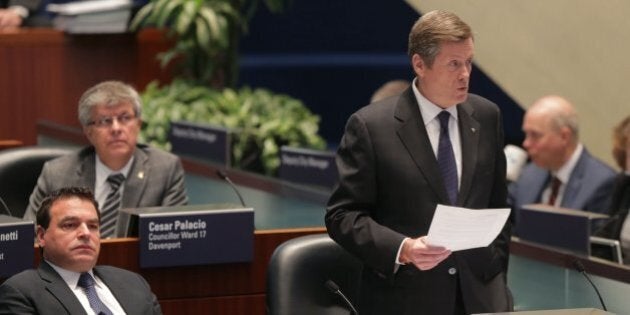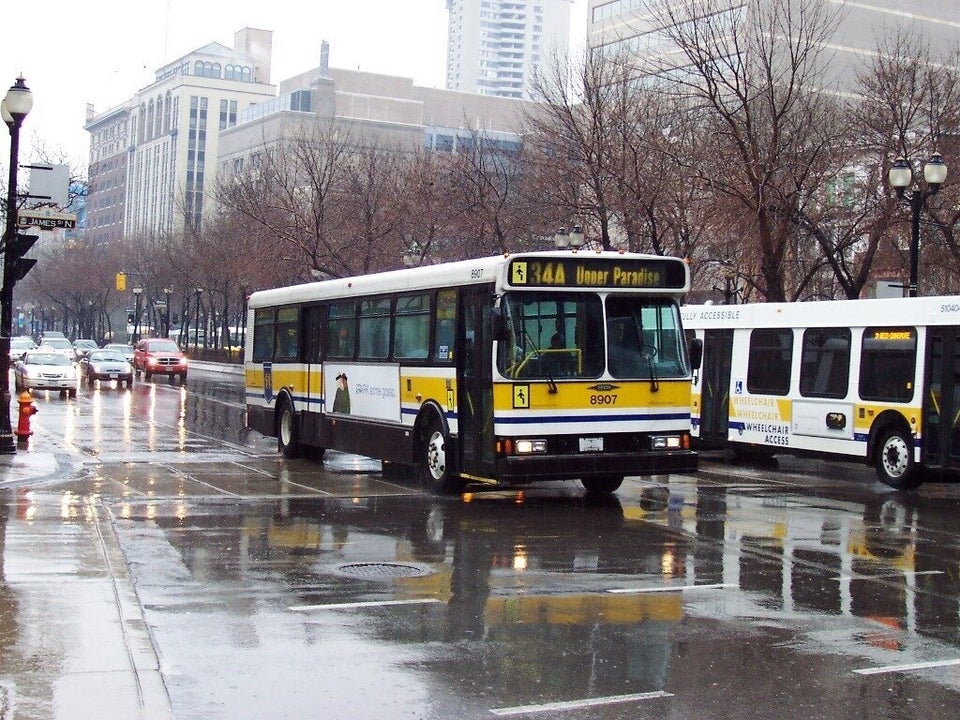
"Essentially, all models are wrong, but some are useful." This sage advice by George E. P. Box is lost on politicians busy allocating tens of billions in infrastructure spending.
McKinsey Global Institute estimates $57 trillion are needed globally in the next 15 years for building and maintaining infrastructure to support the economic growth. As countries embark on infrastructure spend, they run the risk of throwing good money on bad infrastructure. The risk of wasteful spending is even higher for public transit infrastructure where inferior projects are likely to be built instead of those that will attract significant transit ridership.
Smart decision making on investments in public transit infrastructure requires one to be critical of the transit ridership projections. That all forecasts are wrong and hence should not be the sole justification for billions in spending is a lesson one cannot ignore. Also, the governments should avoid making one-off announcements that do not explain why a particular transit project will be funded and, more importantly, what other competing alternatives are being denied funding, and for what reasons.
After decades of neglect in Canada, infrastructure spending has emerged a top priority for all tiers of government. The federal government promised a record $120 billion in infrastructure spending over the next 10-years. Ontario, Canada's most populous province, also has 10-year $130 billion plan for investments in infrastructure.
Politicians across Canada trot out transit ridership forecasts that support their favourite projects. In the pretext of following evidence-based decision making, many equate projections with evidence. They are sadly mistaken. Forecasts and the models that generate them are always wrong and must not be confused with evidence.
Professor Box formulated the Box-Jenkins algorithm, which is a staple in the forecasting world. He cautioned against the Fallacy of Reification. All predictive models are essentially abstractions or mere approximations and should not be confused with concrete entities.
Politicians, however, are eager to ignore these caveats. John Tory, the mayor of Canada's most populous city, Toronto, is pushing for a $3.2-billion, one-stop subway extension that is forecasted to carry a piddly 7,300 riders during peak hours some 15 years down the road. The 7,300 passenger count is in fact half of what the proponents forecasted earlier. If this misguided project proceeds, it will be a blatant abuse of public funds because the preference for a subway ignores far less expensive transit alternatives. Even more alarming is the fact that the ridership forecast to justify the costly subway is a mere approximation. It could be off by 30 to 50 per cent as previous research has shown.
Martin Wachs is a professor emeritus of urban planning at the UCLA Luskin School of Public Affairs. He has been gravely concerned at the inflated ridership forecasts. His advice to forecasters: "Never put a number and a date in the same sentence.'' Recall that 7,300 peak-hour riders were predicted for 2031 in Toronto!
Writing in Transportation, David Hartgen reviewed the 50-year history of inflated ridership forecasts, which were often produced to justify vested interest projects. He found the forecasts to be off by 30 per cent, at a minimum.
Mr. Hartgen believes that the fundamental problems behind inflated projections are not technical, but institutional. When money rains from federal and provincial skies, municipal prudence takes cover. With the bulk of capital costs covered by higher tiers of government, local politicians often put special interest projects ahead of those with higher demonstrated transit ridership.
The political meddling in the scientific exercise of generating forecasts could put the taxpayers on the hook for billions of dollars. Professor Wachs cautions that the planner who submits to vested interests is deemed the most effective one because she "can cloak advocacy in the guise of scientific or technical rationality." The disregard of planning principles hardly serve the public interest.
The Canadian government's preference for greater local autonomy in infrastructure spending is welcome for strengthening grassroots democracy. However, the federal government needs to have a stronger role. It should help establish national guidelines for best practices in travel demand forecasting to prevent fabricated estimates from being used for vested or political interests.
At the same time, taxpayers should assume more responsibility than being mere spectators to pseudo evidence-making. They should demand that governments explain how sensitive their forecasts are to the stated and unstated assumptions, which are effectively the columns on which every prediction rests. They should also ask the governments to reveal what other competing projects were considered and the reasons for not funding them. The taxpayers should be prepared to push back if they find their representatives are serving not theirs but others' interests.
The billions being invested in infrastructure today are borrowed funds, which the future generation of Canadians will have to return with interest. These investments are being made to secure the promise of an equitable and flourishing future. We should guard against shoddy forecasts and the political self-interest that could harm our hopes for a prosperous tomorrow.
Follow HuffPost Canada Blogs on Facebook
MORE ON HUFFPOST:
